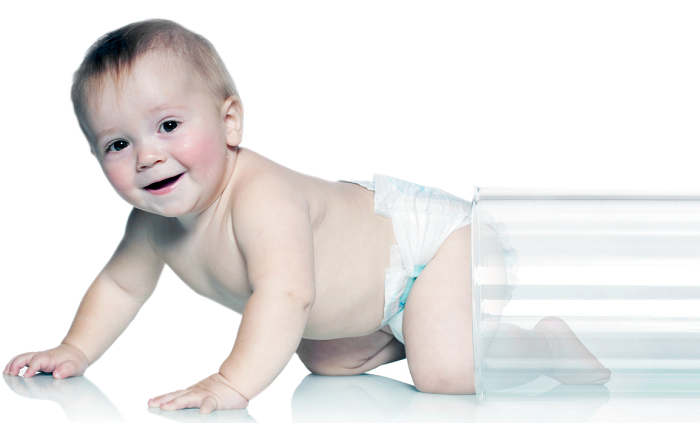
Long-term risks of neurologic and psychiatric disease after cardiac arrest – Why is there need for continued observation?
June 27, 2022
Childhood abuse in mothers may increase severe health risks in future generations
April 11, 2023Are children born through assisted reproductive technology (ART) are at higher risk of developing childhood cancers?
Reviewer by: Dr. Abid
Infertility is a health issue that affects many people of reproductive age worldwide. Therefore, many couples take fertility treatments; in general the number of infants born via assisted reproductive technology (ART) has increased.
Assisted reproductive technology (ART) refers to all fertility treatments or medical procedures that are used to treat infertility; it includes fertility treatments in which either eggs, sperms (human reproductive cells) or embryos (a baby in the developmental stages) are handled.
However, some of the scientific evidence indicate that children born to parents with fertility problems or undergoing infertility treatments might be at increased risk of developing epigenetic alterations (altered gene activity) and adverse perinatal outcomes (perinatal period refers to time when one becomes pregnant and up to a year after giving birth); possibly associated with childhood cancers.
A study conducted in Taiwan to examine the association of mode of conception with the risk of childhood cancers
Some studies have indicated that ART conception increases the risk of childhood cancers, while others found no association. Thus current evidence on association between ART conception and childhood cancers remains debatable. Therefore, a population based study was designed through using nationwide registry data from Taiwan to determine the associations between different modes of conception with the risk of childhood cancers; and potential mediation by preterm birth (babies born alive before 37 weeks of pregnancy are completed) and low birth weight babies (when a baby is born weighing less than 5 pounds, 8 ounces).
In this study modes of conception are defined as natural conception, subfertility and non-ART (i.e. infertility diagnosis but no ART-facilitated conception); or ART (i.e. infertility diagnosis and ART-facilitated conception).
Furthermore, the nationwide population based study included data from 2,308,016 parents-child triads in Taiwan from January 1, 2004, to December 31, 2017. Data were analyzed between September 1, 2020, and June 30, 2022. The mean paternal and maternal ages were 33.28 and 30.83 years, respectively; among 2,308,016 children 52.06% were boys; 8.16% were born pre-term, and 7.38% had low birth weight. During the study a total of 1880 children with incident childhood cancer were identified.
Results and conclusion drawn from the study:
The analysis of the results of the study revealed that ART conception was associated with an increased risk of any type of childhood cancers when compared with natural conception and sub-fertility with non-ART conception. The increased cancer risk of children conceived with ART was mainly due to leukemia (cancers of blood cells) and hepatic (liver) tumor.
Moreover, the researchers concluded that children conceived through ART had a higher risk of childhood cancers than those conceived naturally and those born to parents with an infertility diagnosis who did not use ART. However, the increased risk could not be explained by preterm birth or low birth weight. Despite the reported increased risk of childhood cancers, the new cancer cases rate remains low.
Like all studies, there are limitations that need to be considered for the applicability to wider populations and their practical application in different populations
REFERENCE:
Assisted Reproductive Technology and Risk of Childhood Cancers
https://jamanetwork.com/journals/jamanetworkopen/fullarticle/2795793


